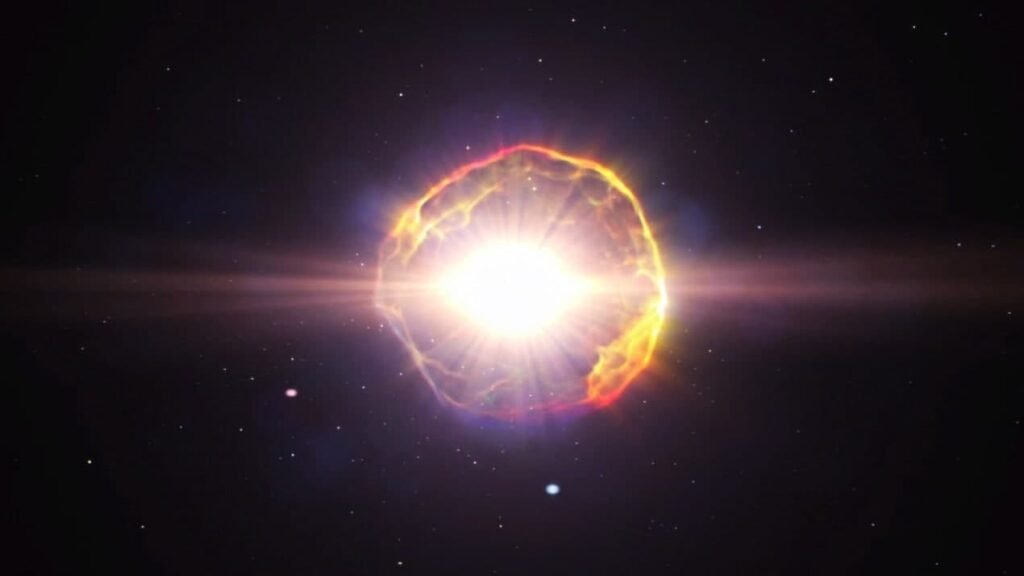Supernova, which happens due to the death of enormous stars, are one of the brightest and powerful explosions that happen in the universe. But despite this, the count of such explosions observed by optical telescopes like Hubble in the universe is very less than that of predictions given by astrophysicists. And according to a recent study from Monthly Notices of the Royal Astronomical Society the reason behind this hide and seek may have something to do with dust.
NASA’s Spitzer Space Telescope (cousin of Hubble Space Telescope) is used for a new study that showed five supernova, going undetected in optical light, and such are never seen earlier. Spitzer did this by observing the universe in infrared light, which is also able to penetrate through dust clouds that block optical light.
Ori Fox, lead author, and a scientist at the Space Telescope Science Institute in Baltimore, Maryland said the statement,
“Such results with Spitzer tells that the optical surveys we’ve long relied on for detecting supernovas miss up to half of the stellar explosions happening out there in the universe. It is very good news that the number of supernovae we are seeing with Spitzer is statistically consistent with theoretical predictions.”
The types of supernova that are pointed out by Spitzer are known as “core-collapse supernova,” which includes huge stars having mass at least eight times the mass of the sun. Space agency NASA describes a star’s explosion at the end of their life as “blowing themselves to smithereens.”
NASA said that “As stars grow older and their cores fill with iron, big stars are no longer able to produce enough energy to withstand their own gravity, and their cores get collapsed, suddenly and catastrophically.”

Supernova are generally covered with blurry galactic areas and thus very much difficult to get detected. A set of 40 dust-choked galaxies is also called luminous (LIRGs) and ultra-luminous infrared galaxies (ULIRGs) used by Fox’s team. Dust in these absorbs optical light from objects like supernova but also lets the infrared light from these same objects pass through without creating any obstruction for telescopes like Spitzer to detect.
Fox says that if we have control over the number of stars that are formed then we could also predict how many stars will explode in the future. NASA’s Nancy Grace Roman Space Telescope and the James Webb Space Telescope, are the next-generation telescopes that will detect infrared light just like Spitzer does.
Ori Fox said that their study showed that star formations are more consistent with supernova rates than ever thought in the past. Spitzer by detecting the hidden supernovae built a platform for new types of discoveries with the Webb and Roman space telescopes.

1 Comment
Pingback: Three Space Missions That Failed and Ended in a Disaster - Craffic